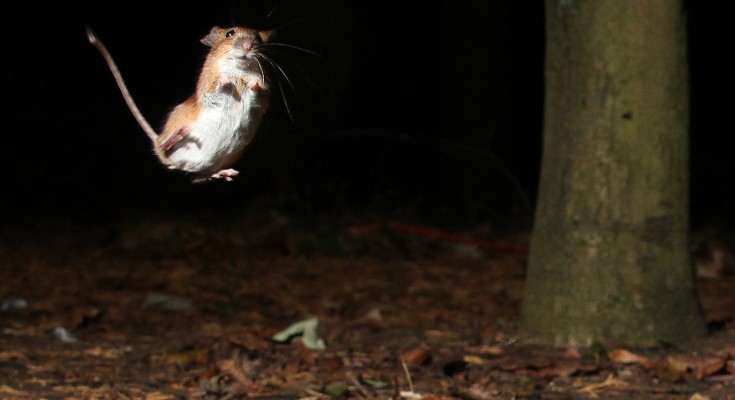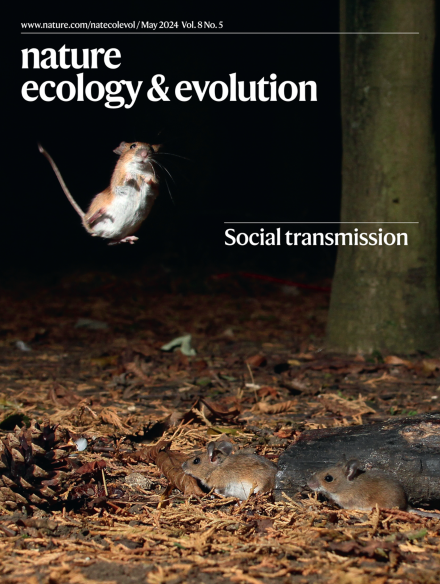
Read our May issue
Our May issue includes mammalian responses to human activity, the evolution of multicellularity, mosquito viromes, deep-time protein preservation, and an Editorial about pangenomes.

Our May issue includes mammalian responses to human activity, the evolution of multicellularity, mosquito viromes, deep-time protein preservation, and an Editorial about pangenomes.


A global survey using baited cameras on coral reefs demonstrates a near twofold increase in the relative abundance of reef sharks in marine protected areas that are also embedded within areas of effective fisheries management. However, such conservation benefits were not evident for wide-ranging sharks or rays found on the reef.